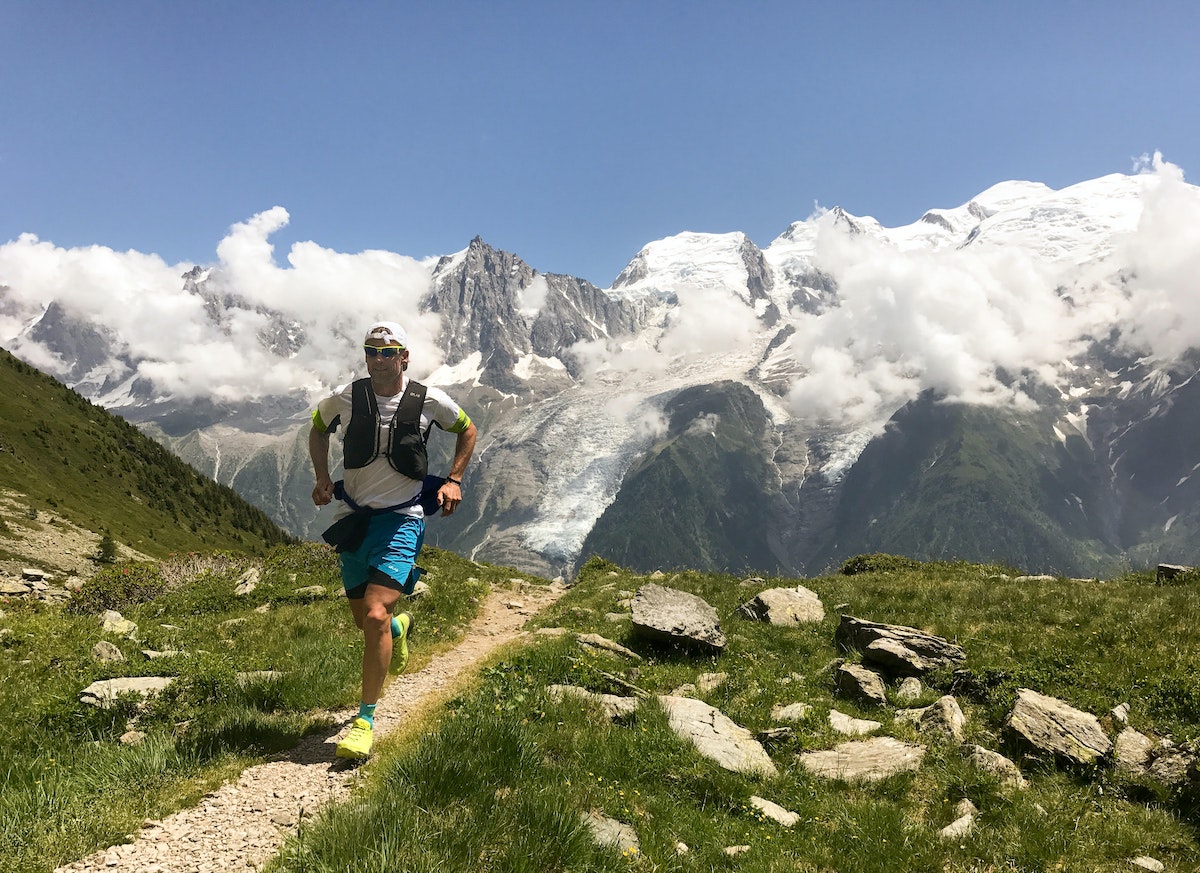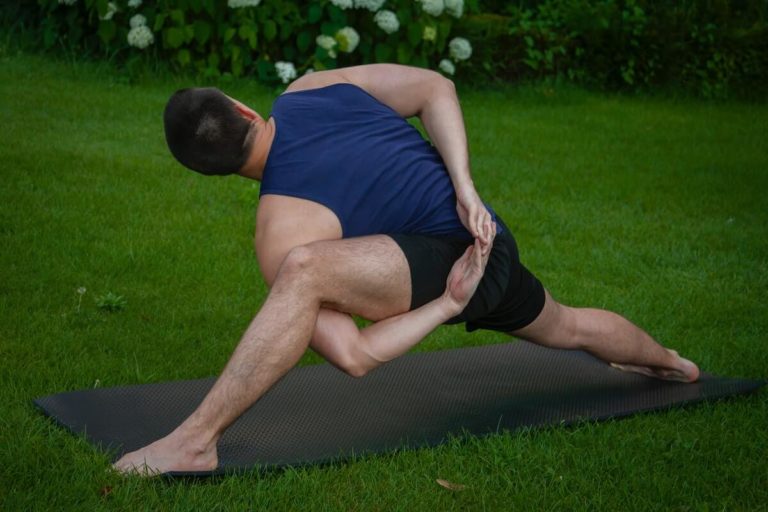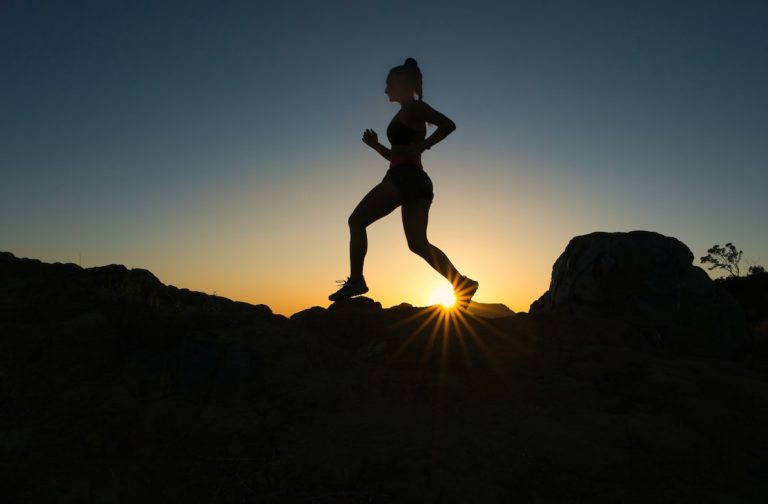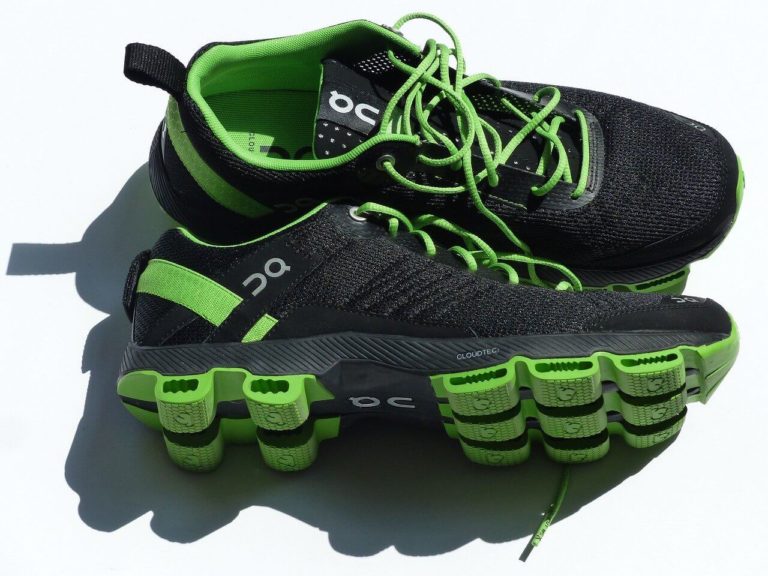Our website contains links to partner sites. If you click from our site to the partner's site and purchase their services there, we will receive a commission for mediation (Find out more information). This form of cooperation does not affect the objectivity of our reviews. With each purchase made through links from our site, you support our editorial office so that we can create quality and useful content in the future. Thank you.
What is trail running?
Trail running is essentially assault course running, and apparently never-ending race over cliffs and roots. The landscape on a truly technical trail can be distorted, the hills ruthless, and the footing perilous. You must pick a position and make split judgments about how to move your body.
Trail running is more difficult than road running. Trails frequently have uneven, flimsy, and dangerous terrain. These terrains necessitate more physical and mental effort. Running the same length on a trail takes a little longer than running on a road. Trail running has the potential to be more compelling than road running.
The main objective and inspiration of trail running are to have this unique feeling. Trail running, unlike the marathon, isn’t really about the fastest time. The run is always extremely volatile due to the uphill and downturn, and the speed is infrequently the same throughout the entire run. Speed is thus not a primary concern, especially when covering greater distances or indeed ultra runs off-road. As a result, for many sprinters, trail running is primarily about personality and triumph. And, more often than not, a totally new and unique running encounter in the lap of nature.
Trail running can be performed almost anywhere
While standardized principles such as length, running pace, or pulse rate are commonly the focus of road running or on enclosed paths, the expertise itself takes center stage in trail running. The hurdles and land cover are continually shifting – you’re on rocks, next to the grass, periodically over rhizomes, and it may go around and around in between. On the trail, your mind and spirit are both attentive and confronted.
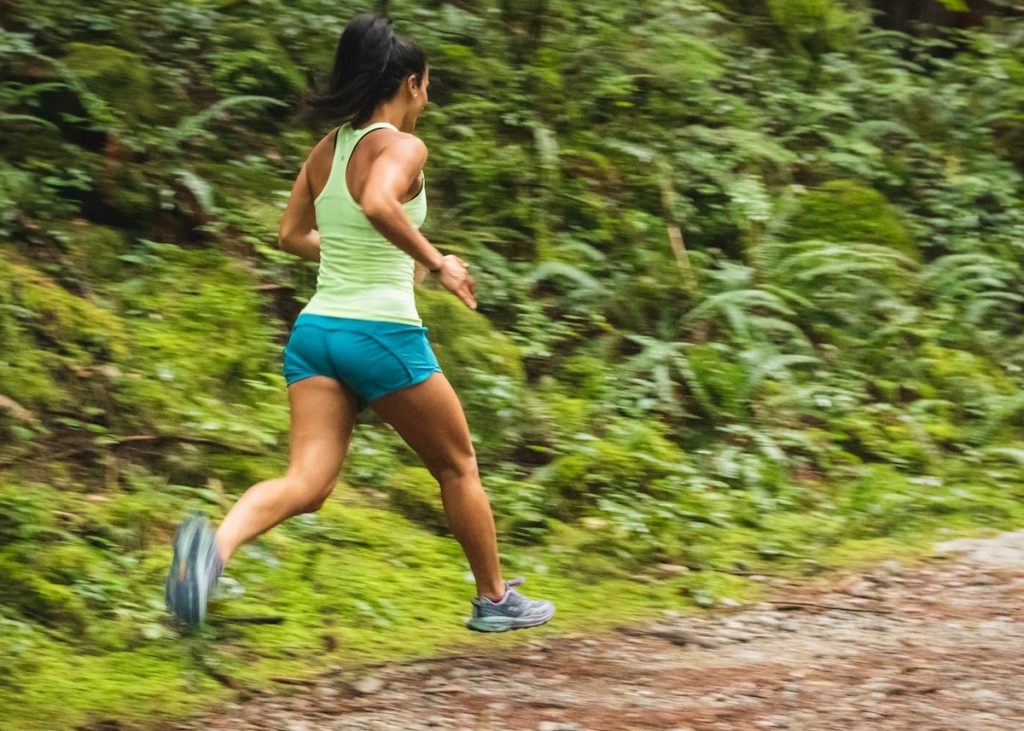
Trail running includes mountain running
Trail running is frequently nothing more than running. On steep climbs, however, you can swap between walking or jogging in an athletic trail running. As the saying goes, the path is the destination. Longer excursions are possible because off-road runners move faster than hikers. With the right gear, like trail sneakers, performance clothing, and a bag, you can conveniently spend a full day trail running. Furthermore, regulations and a rain jacket are stuffed just in specific instances – it could rain at any moment.
For a trail run, the length of the route is unimportant
10k, half-marathon, and marathon distances – When it comes to road runners and races, many sprinters are centered on speed and time. There are road race courses that are considered highly “fast,” such as Chicago, London, or Paris, including some that are deemed “slower,” such as the iconic New York Marathon. These activities can be likened because they are equal in length and cumulative complexity, but when it relates to trail running, races cannot be contrasted.
Trail running races should never be contrasted to one another
The landscape in trail running is merely too different to classify any 2 different races. For example, sloshing and delicate terrain differs greatly from specialized terrain, and the quantity of altitude varies greatly from trail to trail. An expert trail runner may only need 3 hours for a 30-kilometer trail run, but he or she may need 5 if the field is extremely technically difficult. Trail running is an unforeseen sport, which adds to the excitement of being outdoor as well as on the trails.
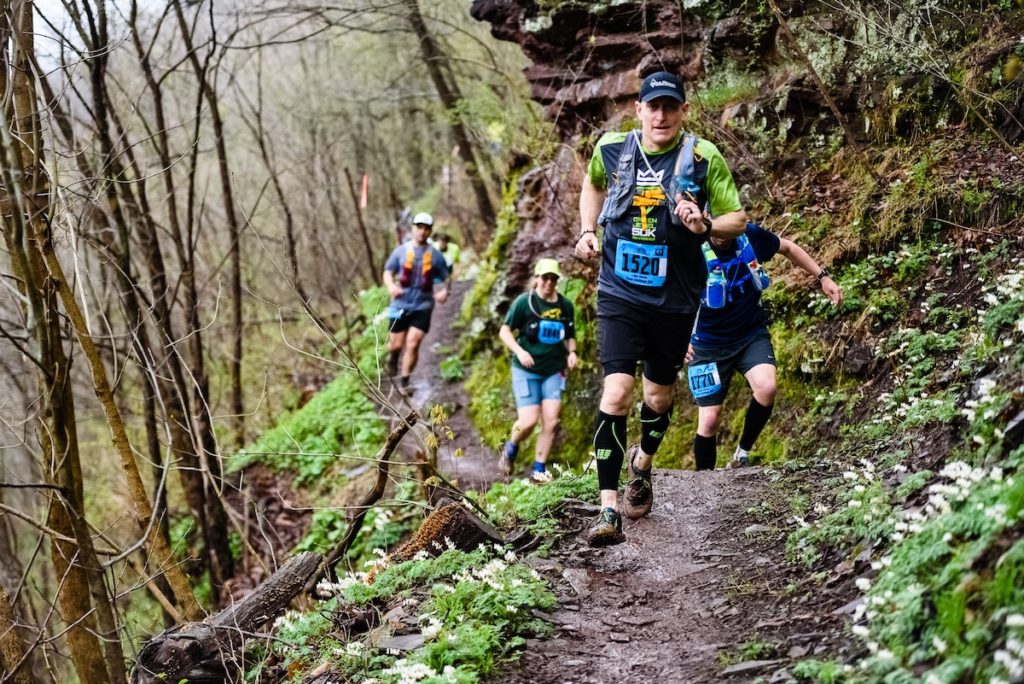
Running the trails with a guide
A quantity of accredited mountain guides and representatives provides trail running programs in addition to traditional mountain climbing activities. Some are for beginners who want to get a flavor of the sport, while others are for more seasoned trail runners who really want to develop their abilities or plan for races.
A guide could not only enable you to develop your ability, but they also know the terrain and can take you to the main attractions for trail running in a safe way. Going over the various facets you must give heed with an expert creates a big difference: proper toughness for endurance running, physical planning, training, scheduling, race technique, race governance, nourishment, safety technique, and requisite gear.
The benefits of trail running
The spirit of wonder is what advice the trail running vs road running combat in favor of trail running. Trail running viaducts the gap among road running and expert mountain and tumbled running through often overdispersion and technical landscape. Trails (paths, tracks, and bridleways) are easily accessible mostly around many urban areas, passing through city parks and forests, across fields, and along shorelines, tunnels, and river systems. It’s a lot more entertaining than road running and requires a little more adventure, as anyone who enjoys excursions will enjoy.
Improves mental health
Running in nature can improve your mental health and provide you with somewhat space. “Running wires connects your serotonin delve to your muscle strength.” “It has a favorable mental skills which we are only now learning about,” says Ceri Rees, creator of Wild Running: “Several of our previous clients have battled depression, and we occasionally receive mental health recommendations from professionals who acknowledge the therapeutic effects of spending more time outside.”
Improves muscle strength
Running on winding tracks, rhizomes, and rocks requires more consistency than running on roads. To keep the balance, your body automatically embraces your core and activates a slew of smaller, stabilizing muscles that are infrequently used on smooth paths. The end result is a finely tuned sense of proportion, improved body consciousness, and stunningly strong abs.
The disadvantages of trail running
It’s more difficult! This may be a bonus for some, however, if you don’t like hills, silt, and bumpy, uneven floor underfoot, you may not enjoy having to slow down and run securely, nor will you enjoy the exertion this full-body exercise requires as your body attempts harder to stay stable and steady over the chunkier terrain. It’s also more mentally challenging because you have to ponder about foot position to prevent slips and falls or spinning an ankle. Oh, and most of those dangers are always present. However, you are unlikely to be hit by a lorry.
Final thoughts
Let’s be real. Hammering the road surface can become tedious. Trail running, on the other side, allows you to channel your inner child by getting smeared in mud and yee-hawing at the pinnacle of your airways as you run down a hill.

